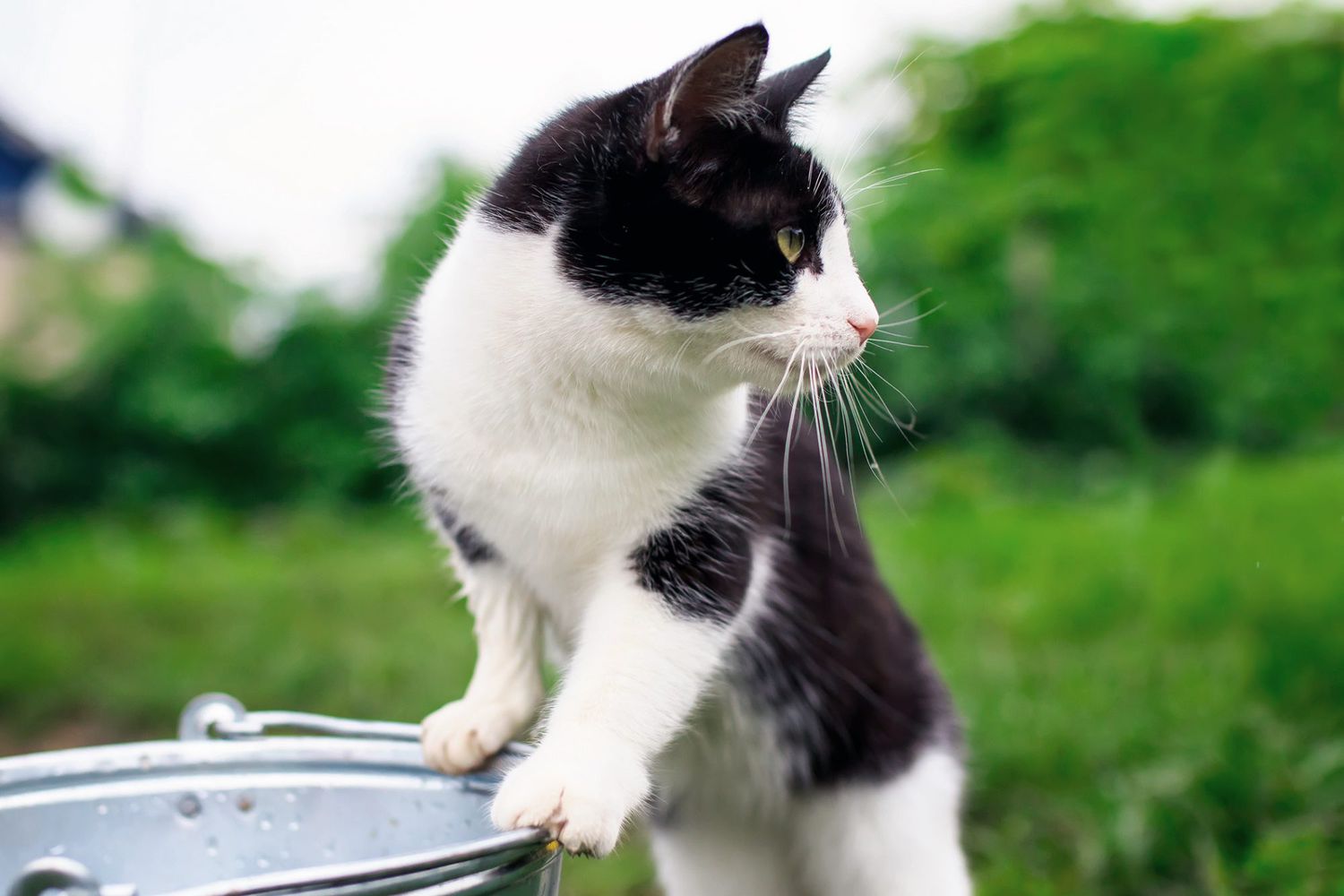The Evolution of Cat Litter: From Sand to Silicon
The Evolution of Cat Litter: From Sand to Silicon
Blog Article

Cat litter and litter boxes play a pivotal function in the lives of both cats and their owners. From the humble starts of sand and soil to the ingenious advancements of today, the world of cat litter has progressed considerably. In this thorough guide, we delve into every aspect of cat litter and litter boxes, exploring their history, types, benefits, challenges, and everything in between.
The history of cat litter dates back centuries, with ancient civilizations using sand, soil, and even ashes as primitive litter materials. However, it wasn't up until the mid-20th century that contemporary cat litter as we understand it emerged. In 1947, Edward copyright presented the world's very first business cat litter made from absorbent clay, changing the method felines relieved themselves indoors. Ever since, cat litter has undergone numerous transformations, with the introduction of clumping litter, silica gel litter, biodegradable choices, and more.
Today, cat owners are spoiled for choice when it comes to selecting the right litter for their feline companions. Traditional clay litter remains popular for its affordability and effectiveness in taking in odors. Clumping litter, which forms solid clumps when wet, simplifies cleaning and maintenance. Silica gel litter, composed of highly absorbent silica crystals, offers superior smell control and durability. Eco-friendly alternatives, such as recycled paper, wood pellets, corn, and wheat, attract environmentally conscious customers.
Each kind of cat litter provides unique advantages. Clay litter stands out in its ability to absorb wetness and control smells, making it a trusted choice for many feline self cleaning cat litter box owners. Clumping litter streamlines daily scooping and extends the time between total litter changes. Silica gel litter provides extraordinary smell control and can last longer in between replacements. Naturally degradable litters offer a sustainable option that lessens environmental effect.
While cat litter improves indoor feline hygiene, it is not without its obstacles. Dust from clay litter can present respiratory threats for both felines and humans, triggering the popularity of dust-free options. Some cats may establish litter box aversion due to concerns with texture, fragrance, or cleanliness, requiring experimentation with different litters and box configurations. Multi-cat families may need strategic litter box positioning and regular maintenance to avoid territorial disagreements and guarantee all cat litter box felines have access to clean centers.
Picking the suitable litter box is essential for promoting favorable litter box habits and total feline well-being. Elements to consider consist of size, accessibility, and style preferences. Covered litter boxes offer personal privacy and assistance consist of odors, however Litter Box Liners some felines may discover them confining or daunting. Open-top litter boxes offer simple gain access to and exposure however might result in more litter scatter. Automatic self-cleaning litter boxes simplify maintenance but need routine monitoring and maintenance.
Proper litter box maintenance is vital for ensuring a tidy and welcoming environment for both felines and their owners. Daily scooping eliminates waste without delay, decreasing odor and dissuading litter box hostility. Regular litter replacement, usually every 1-2 weeks, avoids bacterial buildup and preserves optimum absorbency. Thorough cleaning with moderate cleaning agent and water, preventing extreme chemicals that may discourage felines from utilizing the box, need to be performed monthly.
Cat litter and litter boxes play a central role in fostering a healthy and harmonious relationship in between cats and their human companions. With a diverse selection of litter options and litter box designs available, feline owners have the flexibility to tailor their choices to fit their felines' choices and family needs. By understanding the development, types, advantages, and challenges of cat litter and litter boxes, pet owners can offer their feline pals with a comfy and sanitary indoor environment.